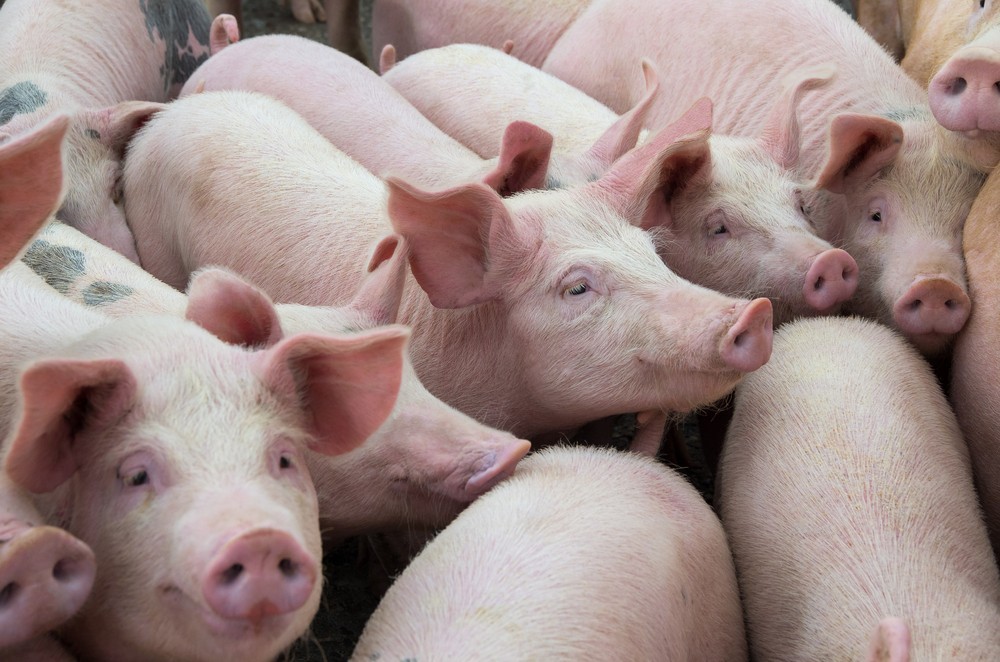With the Lunar New Year fast approaching, the Vietnamese government acts to fill the void left by the infected pigs. Of course, the Vietnamese people would not want to miss their favorite pork delicacies during the holidays.
After the virus ravaged through the Asian market, the local pork jelly and braised pork served during holidays are at stake.
So, to cool down concerns, the Vietnamese Cabinet ordered the country’s ministries to take measures. The cabinet’s orders are not only to supply pigs in the market but also to help inflation.
Last week, Vietnamese Deputy Prime Minister Vuong Dinh Hue asked companies to calculate their pork imports. This is also to meet the local demand and keep inflation in control.
The Lunar New Year period in Vietnam is one of the most demanding times for pork products in the country.
The African swine fever left a jarring dent on the country’s meat market. According to experts, Vietnam’s supply will fall short by 200,000 tons approximately this final quarter of 2019.
The Vietnamese Ministry of Agriculture and Rural Development also confirmed that the country’s supply is falling short this fourth quarter.
As of last week, about 5.9 million pigs were selectively killed, which is worth about 337,000 tons of pork meat. That is according to the Vietnamese Agricultural Deputy Minister Phung Duc Tien.
The number of culled pigs account for more than 8% of the total population of pigs in Vietnam.
The Agriculture Ministry also cleared that most of the hogs slaughtered are from big farms and companies.
Its Effect on the Country

Vietnam’s consumer price index is expected to hike 0.8 to 1% this November against the country’s problem with pigs. The surge will be driven by the higher cost of pork products, which have also risen nearly 19% this 2019.
The country’s pork production dropped by 0.55 million metric tons or 20% on an annual basis this year.
Domestic pork consumption is also expected to fall to 2.47 million metric tons or 15% on a Year-over-Year basis. Of course, it’s due to the supply shortages this fourth quarter, which is also the peak in domestic pork demand.
The average price of a kilogram of pork in Hanoi went up to VND60,000 – VND67,000, or about $2.6 to $2.9. In fact, prices have peaked at VND75,000 – VND80,000 in other provinces and places.
Also, there is a small gap in live hog prices between Northern Vietnam and Southern Vietnam.
For instance, the average cost of live pigs in the north rose to VND59,000 – VND62,000 per kilogram live weight in the third quarter. While in the south, it only went up by VND45,000 – VND55,000 per kilogram live weight in the same period.
Now with the support of the government, pork imports are expected to rise in the fourth quarter, pushing down prices.
Experts are confident that the government’s aid will help lessen the impact of the African swine fever in the nation. In fact, some are also saying that the effects of the virus will not have a long-lasting effect on the country.









COMMENTS